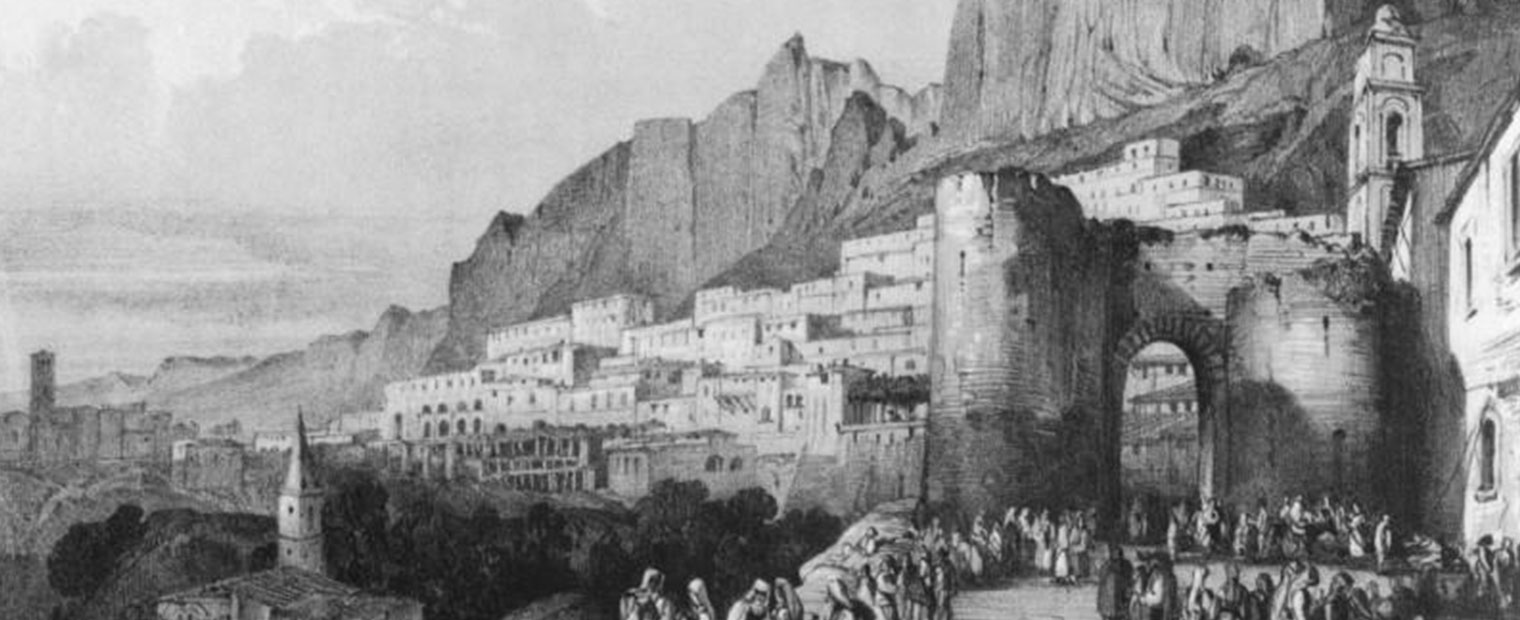The expression “Grand Tour” refers to the travel experiences undertaken since the 18th century by many intellectuals and adventurers of the European bourgeoisie before, and American after, who chose Italy and Greece as elective homelands as a means of completing their human and cultural education and, over time, as an experience of fun and entertainment.
The undisputed protagonists of the Grand Tour were the young sons of the elites.
With this journey, their bookish and fact-based education was enriched and completed with hands-on experience.
Thus, after completing their studies, the young students opened themselves to fashion, trends, and artistic tastes, learning about the customs, traditions, and habits of the various countries they passed through.
The preferred destination for this type of trip was Italy, the birthplace of civilization and art, and specifically, the Southern area of Magna-Greek origins.
A strand of narrative flourishes as a direct result of these travel experiences; countless letters, diaries, reports, and reportages, often embellished with drawings, were written, and printed. They were immediately diffused and successfully received by critics and various audiences.
Calabria and Reggio as a tour destination
The sublime and beauty described by travellers who came to Reggio with a courageous and wild heart affected the young people of the Grand Tour for over two centuries.
Among these, the testimony of the French romantic novelist Stendhal, who, while in Brancaleone along the lower Ionian Sea, wrote:
“As we proceed through Calabria, the heads get closer to Greek form; many men in their 40’s have the exact features of Jupiter Mansueto.”.
This signified that in the 19th century the curiosity of travellers in Calabria exceeded that of literature, opening to history, anthropology, and the analysis of its customs.
This was also the case for another great Frenchman, Alexandre Dumas, who, after his success with his adventure stories dedicated to musketeers, decided to visit Southern Italy. A great traveller who was an attentive observer of foreign cultures, Dumas crossed Calabria starting in 1835 on the back of a mule, arriving from Sicily where he had landed on adventurous sea journey from Naples. Under a false name to avoid persecution by the monarchy, and accompanied by his painter friend Jadin and actress Ferrier, the novelist wrote down in his notebook the salient chronicles of what would later become his Voyage en Calabre (Voyage in Calabria).
It is in this sense that we can talk about the other Grand Tour, among which the best known figures are George Gissing, Edward Lear and Norman Douglas. The latter wrote Old Calabria at the beginning of the 20th century, which today in the northern area of Cosenza has become the name of a literary park.
Specifically, Edward Lear in “Diario per un viaggio a piedi (Journal of a Landscape Painter in Southern Calabria)”, which was entirely dedicated to the experiences of the English writer in Reggio in 1842, reserved splendid descriptions of places and landscapes such as that of the Sanctuary of Polsi:
“Santa Maria di Polsi is one of the most remarkable visions I have ever seen […] the perpendicular character of the scenario is stunning, the wooded cliffs from left to right close around it like the wings of a theatre”.
Lear’s admiration for the Reggio area led him at the end of his experience to also nourish a feeling of nostalgia for the noble lands he crossed.
“I leave the Calabrian shores with a feeling of great sadness that I cannot describe. It is unpleasant to think of the uncertain fate faced by so many kind and gentle families: De Nava, Scaglione, Marzano, etc. Profound melancholy shadows the memory of a journey that began so pleasantly”.
The English guided tour path
From the experience and tales of Lear, the suggestive itinerary of the “English Path” was recently born. It is an evocative route that crosses the same roads travelled by the writer-traveller over two centuries ago.
The stops include the main villages of the Grecanic area of the province of Reggio Calabria from Roghudi to Bova, passing through Gallicianò and Bagaladi, as well as Scilla, Palmi, and Bagnara, which were also visited by Lear. An exciting journey to discover pristine places and spots of rare beauty such as the village of Pentidattilo or the Amendolea river. Each stop is marked and embellished with artistic plaques depicting passages by the English writers who describe those places in three languages: Italian, English, and the Greek spoken in Calabria.
In addition, with the English guided tour path, accompanied by local hiking guides, you can relive the emotions and discover what Lear recounted in his journey through the Aspromonte valleys and the deep blue of the Ionian Sea.
